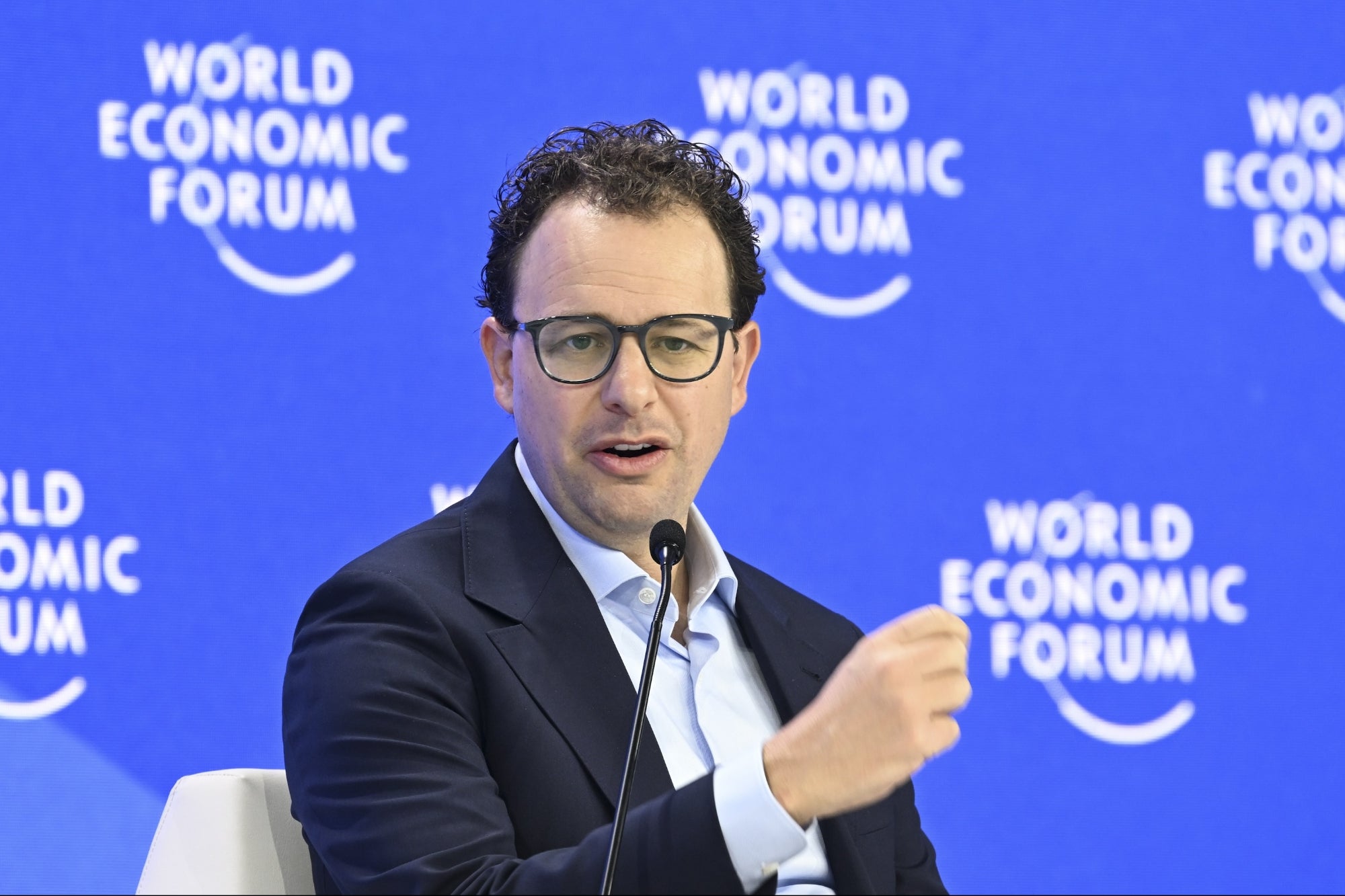Plastic Rap The pros and cons of the latest trend--using credit cards to finance your business
By C.J. Prince
Opinions expressed by BIZ Experiences contributors are their own.
Banks are still courting small businesses, but thanks to astruggling economy and increased defaults, lending standards remaintough, particularly for unsecured microloans. There is one sourceof capital, however, that is still plentiful even in tough times:good, old-fashioned plastic. And BIZ Experiencess have been banking onit, according to the SBA Office of Advocacy's annual microloanstudy. While traditional commercial lending remained flat for 2001,the total number of microloans, or loans of less than $100,000,climbed 10 percent among banks surveyed--and mostly thanks tocredit cards.
Banks typically don't show off their numbers formicrolending by credit cards, so the study's authors relied ona bit of subtraction to get answers. They first compared the totalnumber of 2001 microloans to 2000 figures and arrived at the 10percent jump, and then removed credit card banks from the results.They noted that the increase in microlending dropped to less thanhalf a percent. That points to significant growth in creditcard-based lending, says Charles Ou, senior economist at theSBA's Office of Advocacy. He posits that over the past fewyears, banks have seriously stepped up their small-businesscampaigns and made cards available to a larger pool of businesses,thanks in part to better credit-scoring methods. Today, a businessowner's good standing in the consumer card department can winhim or her easy approval on a corporate card application.
Even in cases where business owners don't have the bestcredit history, credit or charge cards are easier to get thanordinary commercial loans. And in today's market, the lattermay simply not be available. "The credit card is a guaranteedline of credit," says Lewis Mandell, professor of finance atthe University of Buffalo in New York. "And it may be thatbanks are really just pulling back from offering unsecured loans,which may have forced small businesses into credit cards."
While the notion of financing a business by credit card mightsound imprudent, for some, it's the ideal solution to a capitalcrunch. Kathrine Gregory, founder and director of New YorkCity-based Mi Kitchen Es Su Kitchen, a 4-year-old business thatoffers kitchen facilities on a time-share basis to foodmanufacturers and caterers, has a wallet full of cards. "I put100 percent of my life on credit cards," says Gregory."It's a 30-day float on your money. It's a guaranteedloan--at very high rates, but it's a loan." The 30 dayscome in handy when payment from a client might be overdue, or whenthe business needs unexpected supplies.
Of course, more than a few business owners have gotten intotrouble that way. And while Ou says small-business owners are notcarrying large balances on their cards from month to month,according to banks' call report data, the temptation is there."Most BIZ Experiencess are responsible until they're upagainst the wall," says Lewis Mandell, professor of finance atthe University at Buffalo. "I think to save a business, mostwill do whatever they can that's legal."
But assuming an "intelligent, discriminate use ofcards," says Gregory, putting expenses on plastic can actuallysave money. She points to American Express' savings program, inwhich business owners can earn discounts with FedEx, Hertz andStaples, among others. "In business, the object is to maximizeyour money every single day," says Gregory. "When youwork for yourself, you're always looking to save thepennies."
According to a fall 2002 study from American Express' OPEN:Small Business Network, BIZ Experiencess are using their cards forincreasingly diverse expenses, beyond the traditional travel andentertainment. For example, 38 percent reported using credit cardsto purchase goods from wholesalers, a relatively new category forplastic, says Kerry Hatch, executive vice president and generalmanager of OPEN. But she can imagine any number of additionalcategories approaching critical mass. "One area they don'tuse it for now is rent," says Hatch. But could it happen?"Ten years ago we didn't think goods for resale would besomething that would go on plastic--so absolutely."
C.J. Prince is executive editor of CEO Magazine. Shecan be reached at cjprince@chiefexecutive.net.
Contact Source
- SBA
(800) 827-5722, www.sba.gov.










